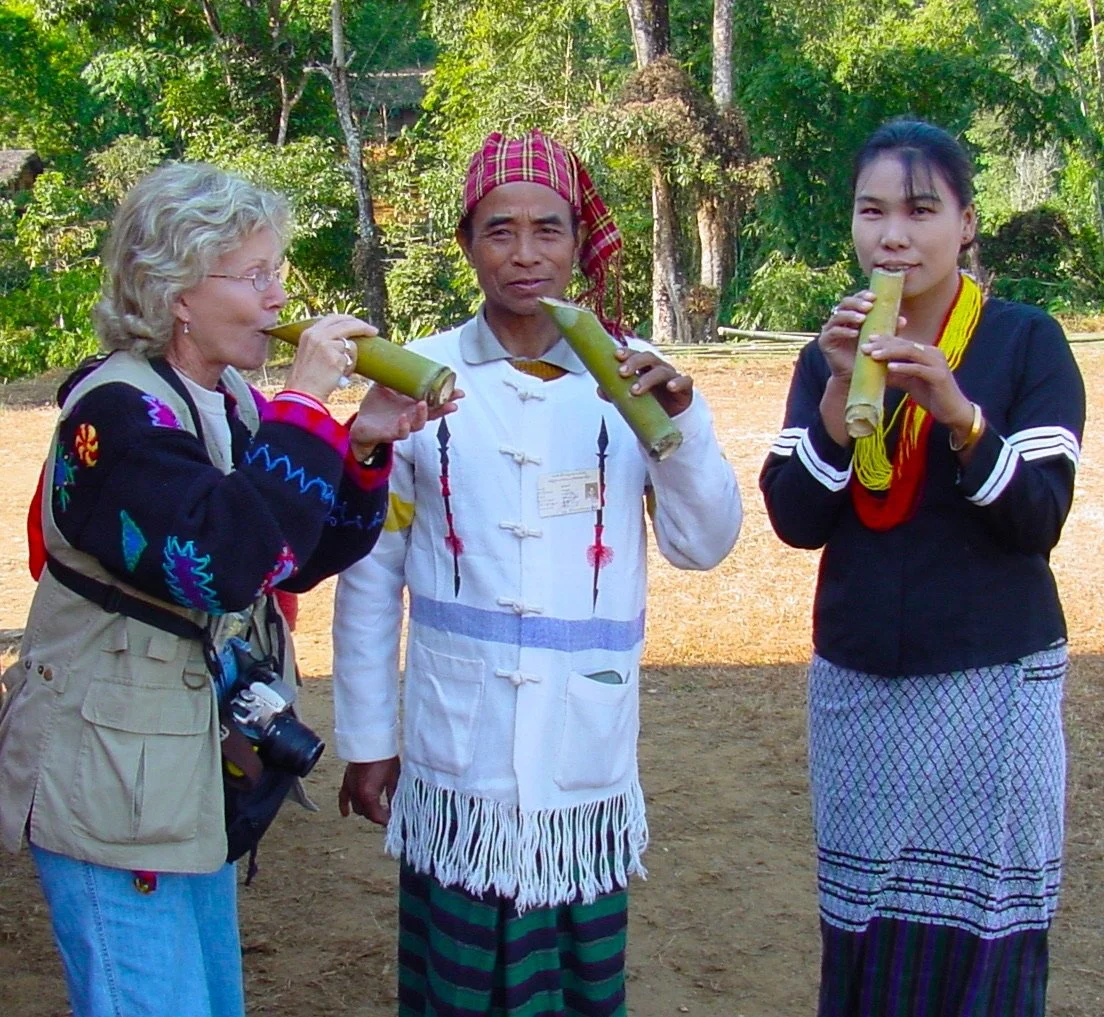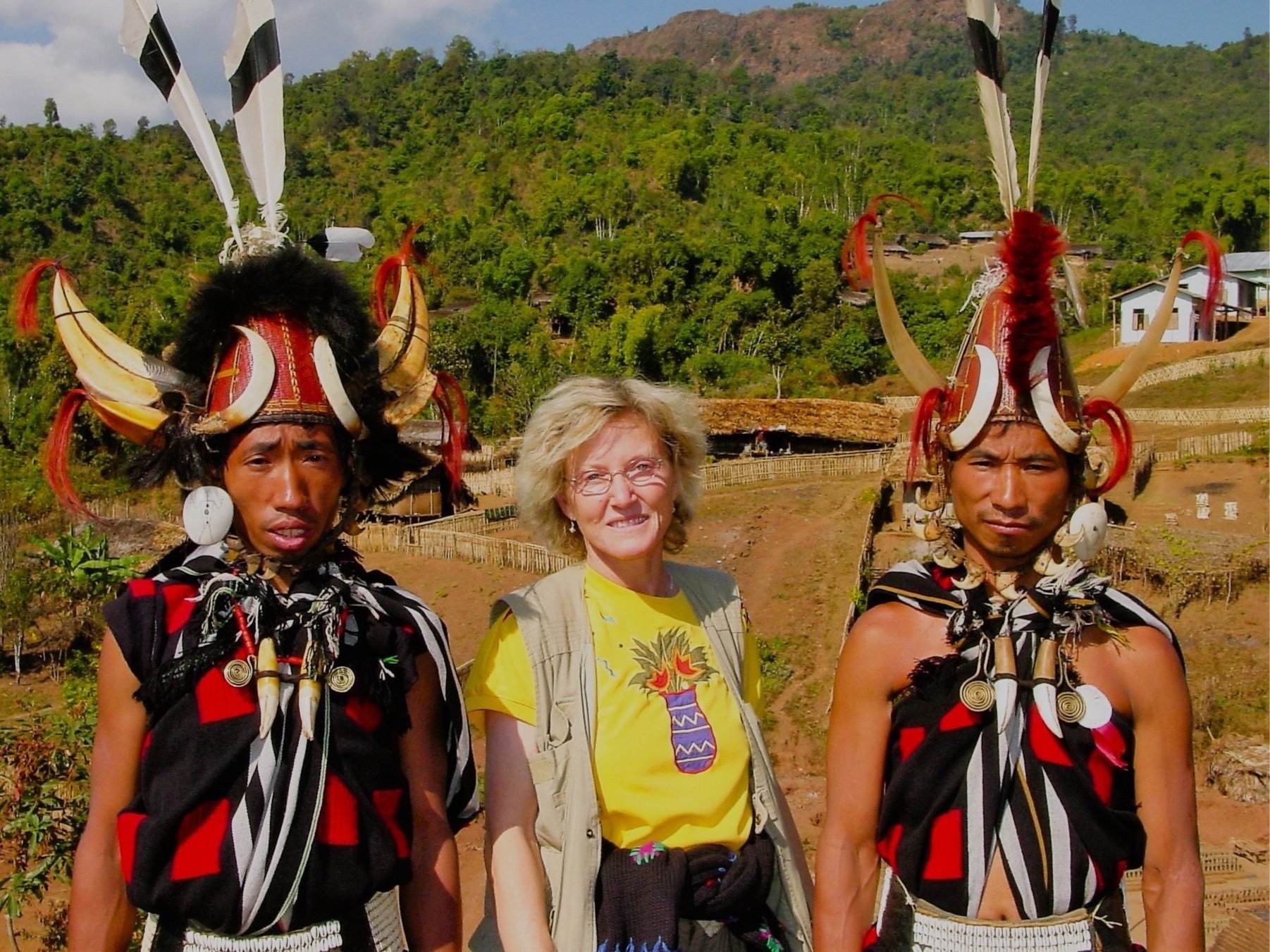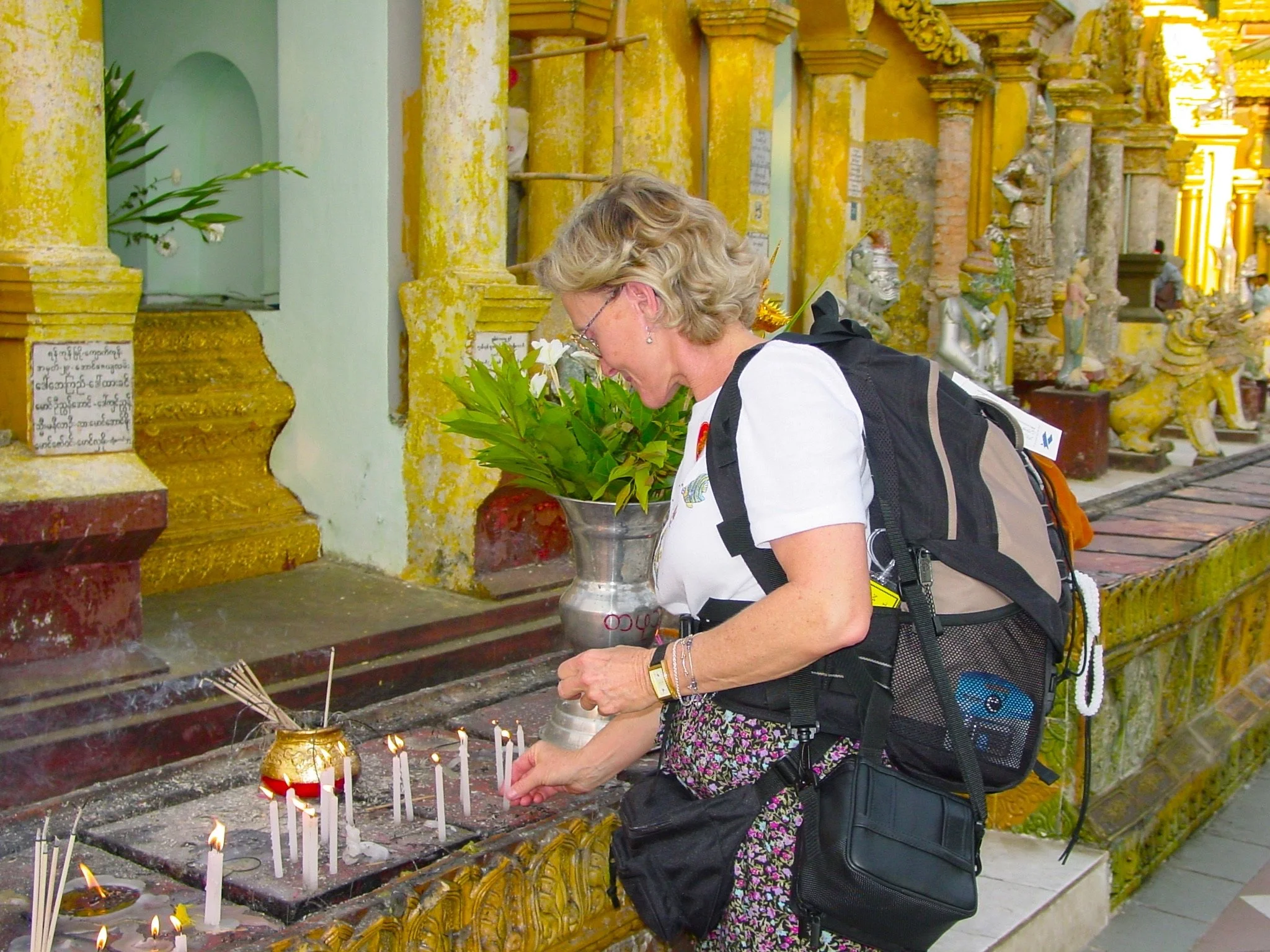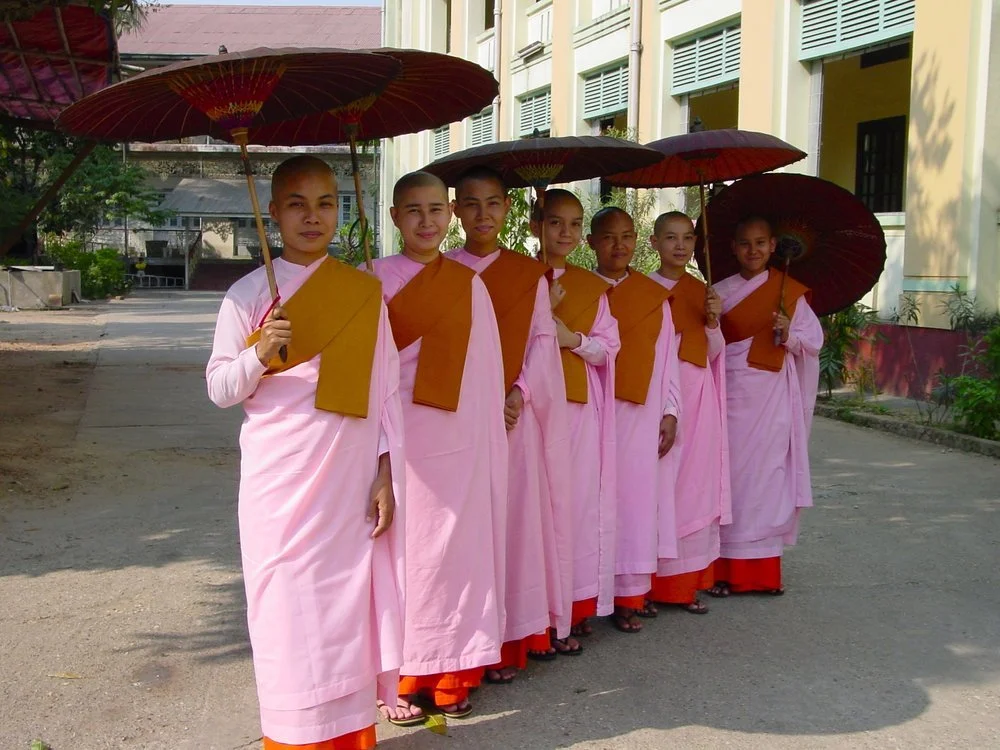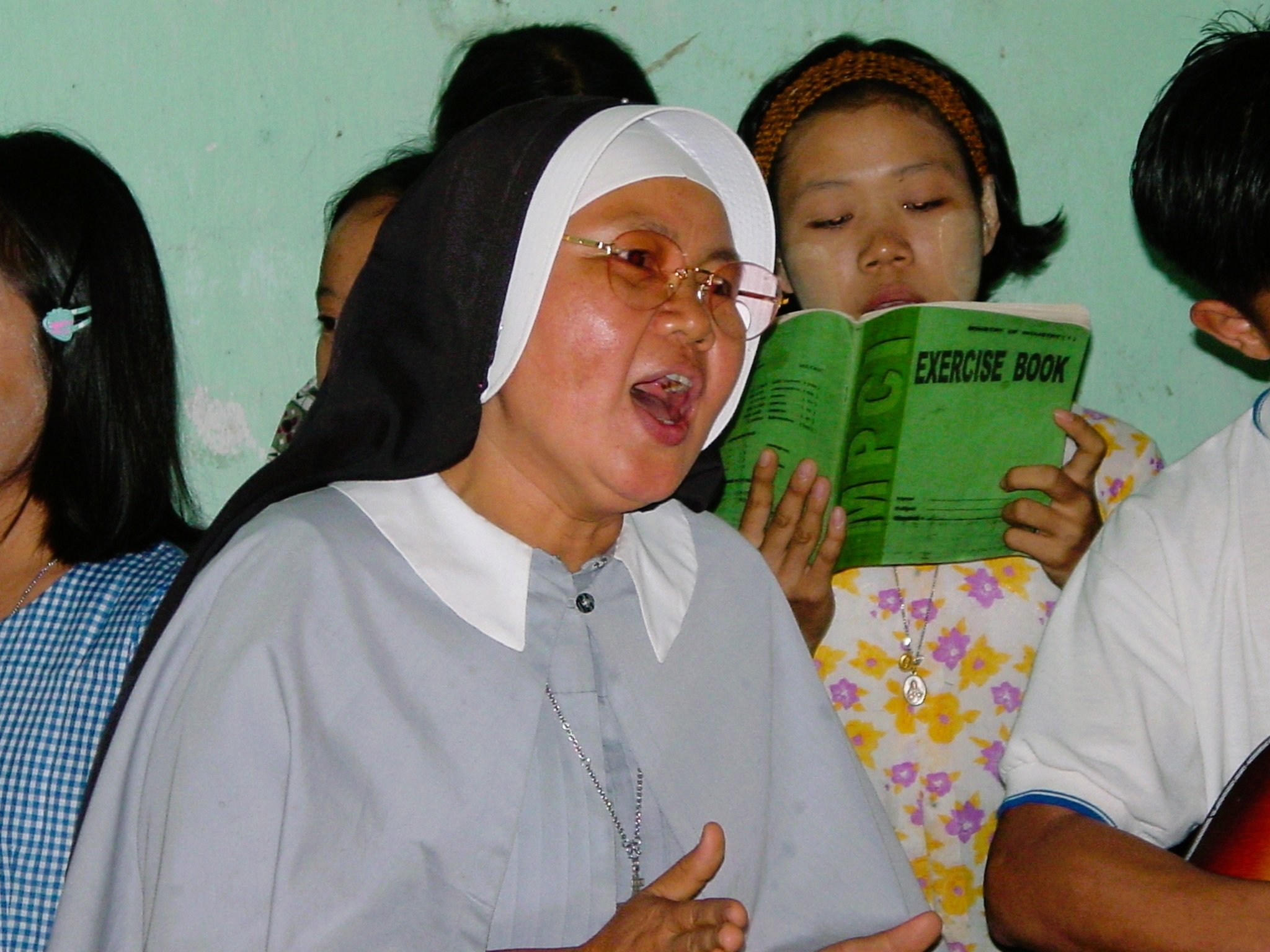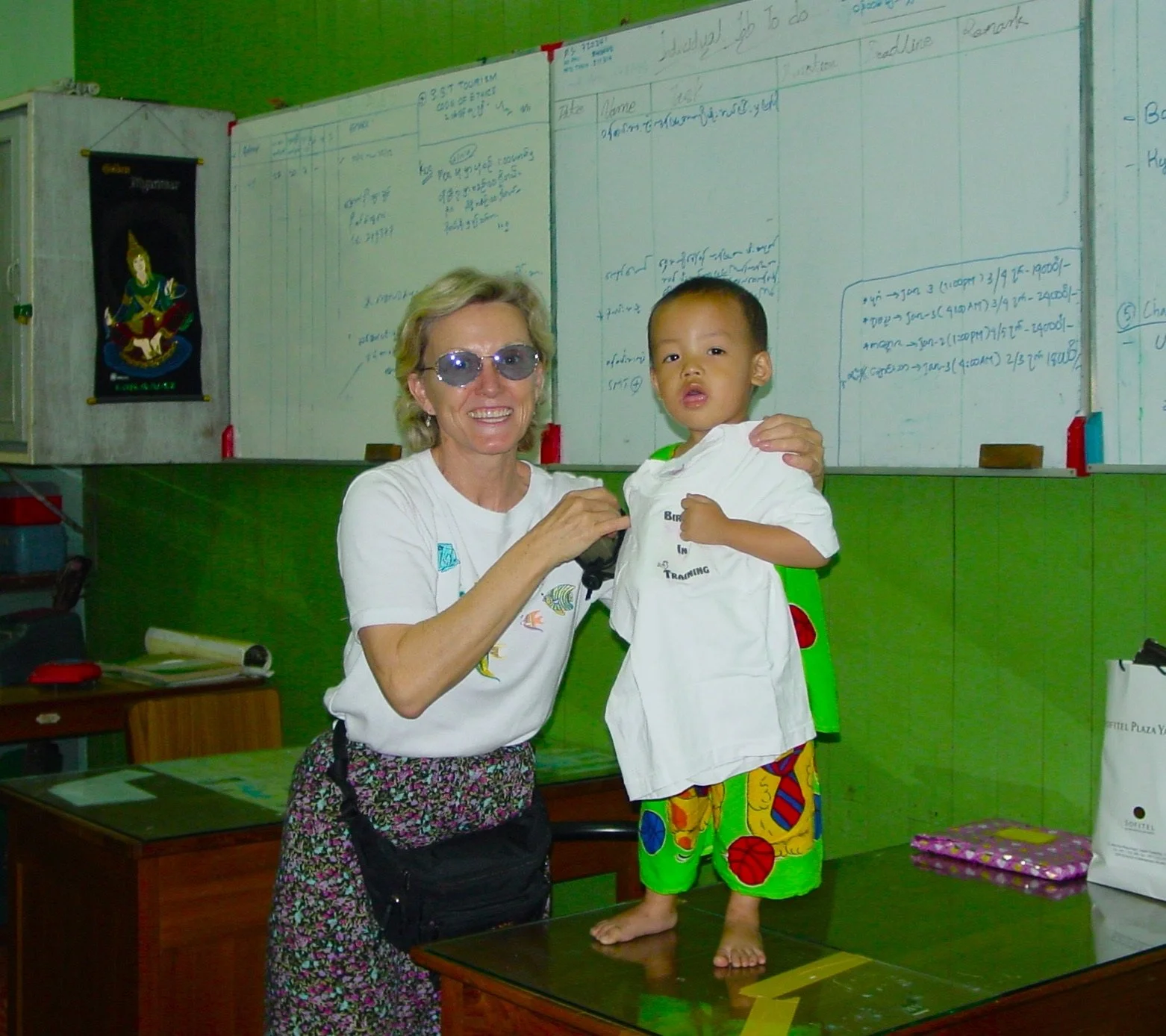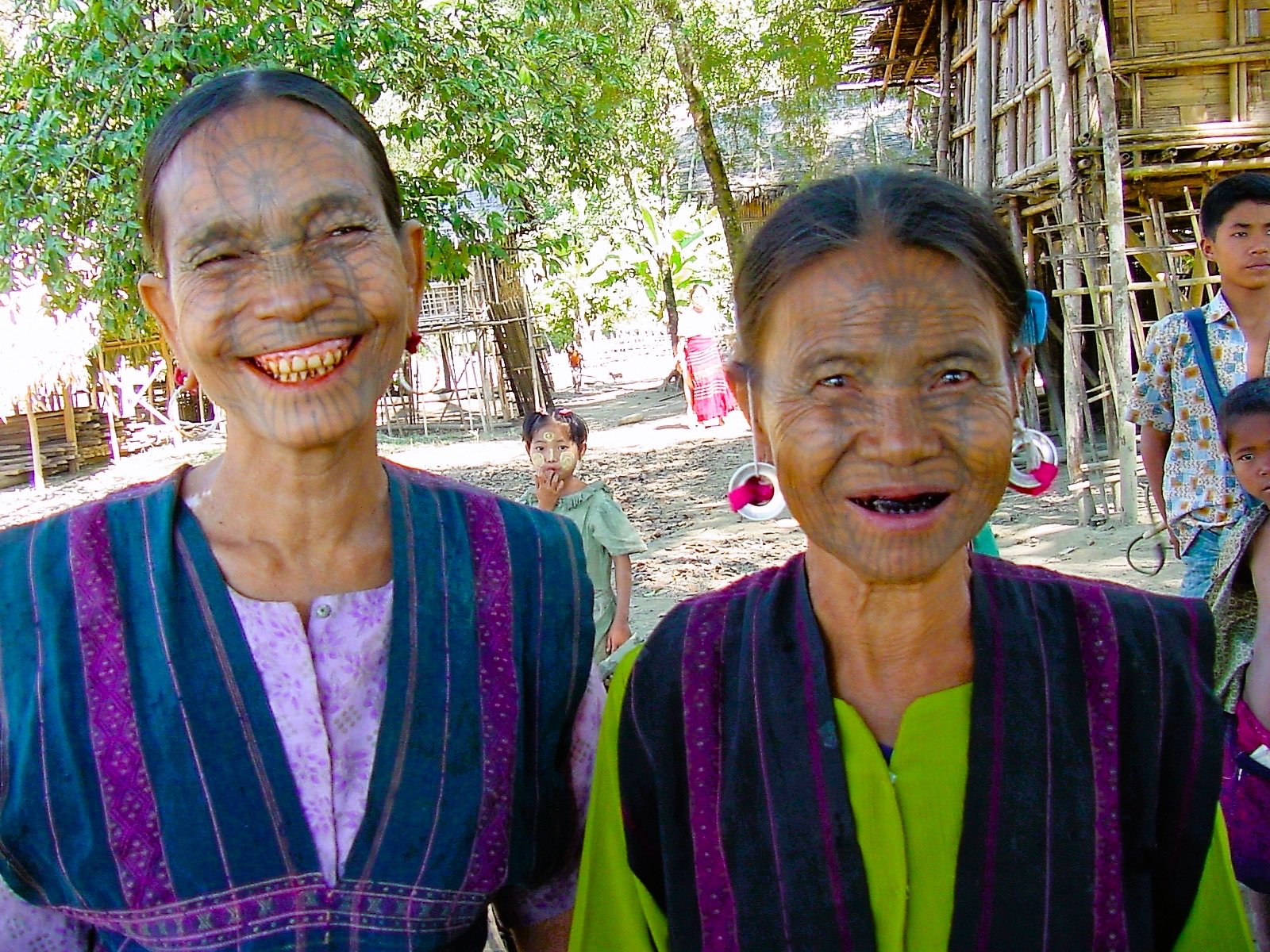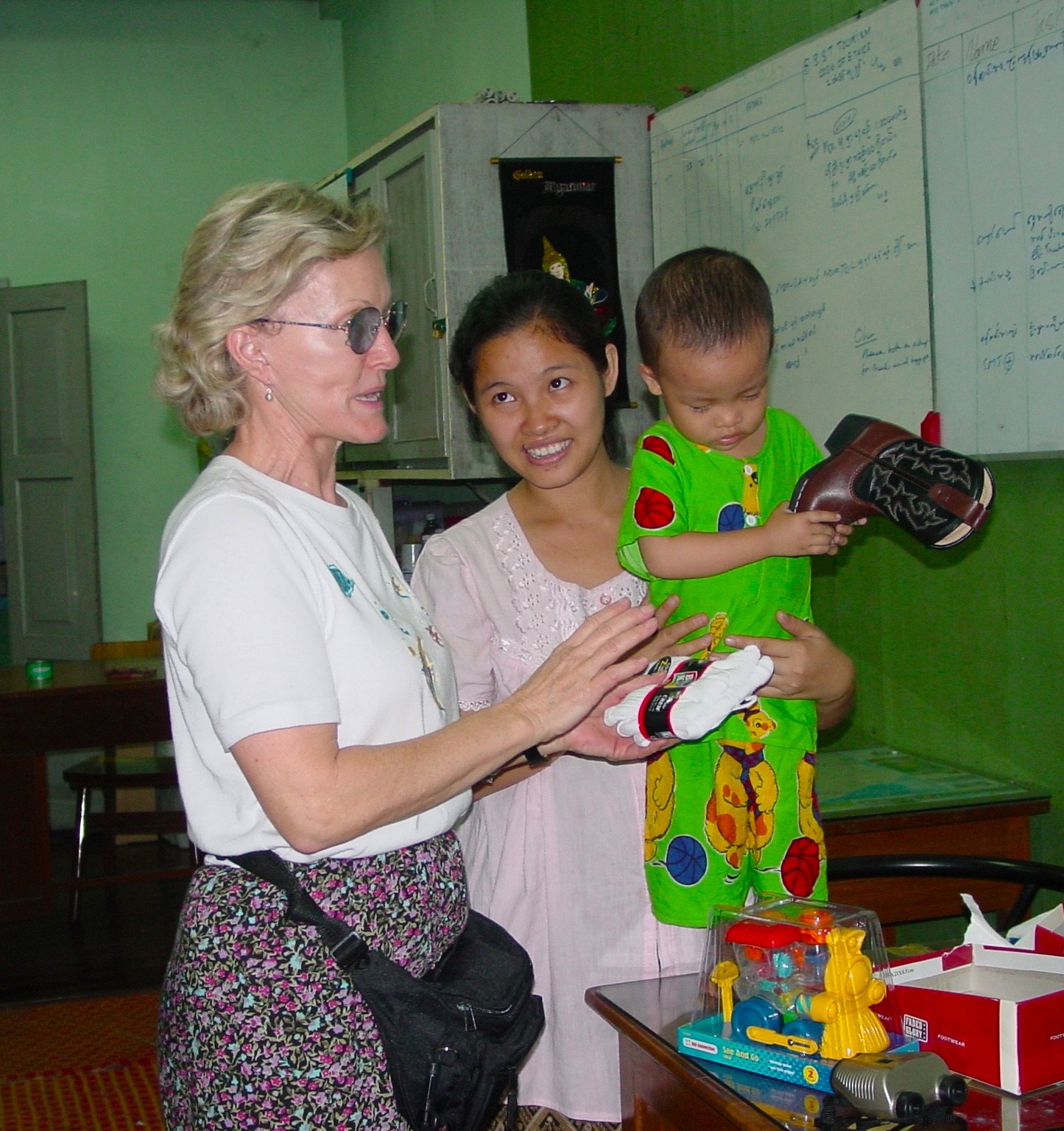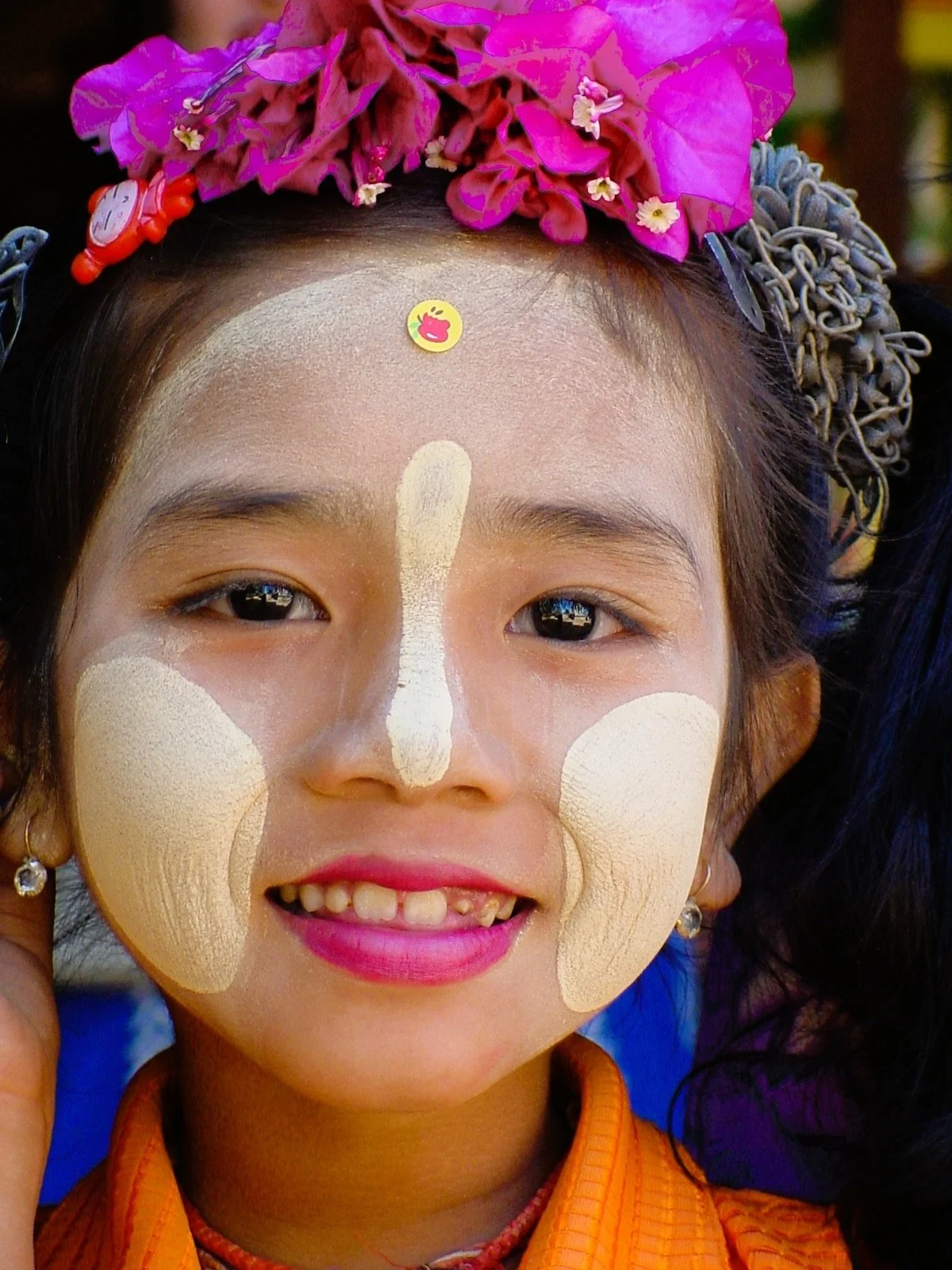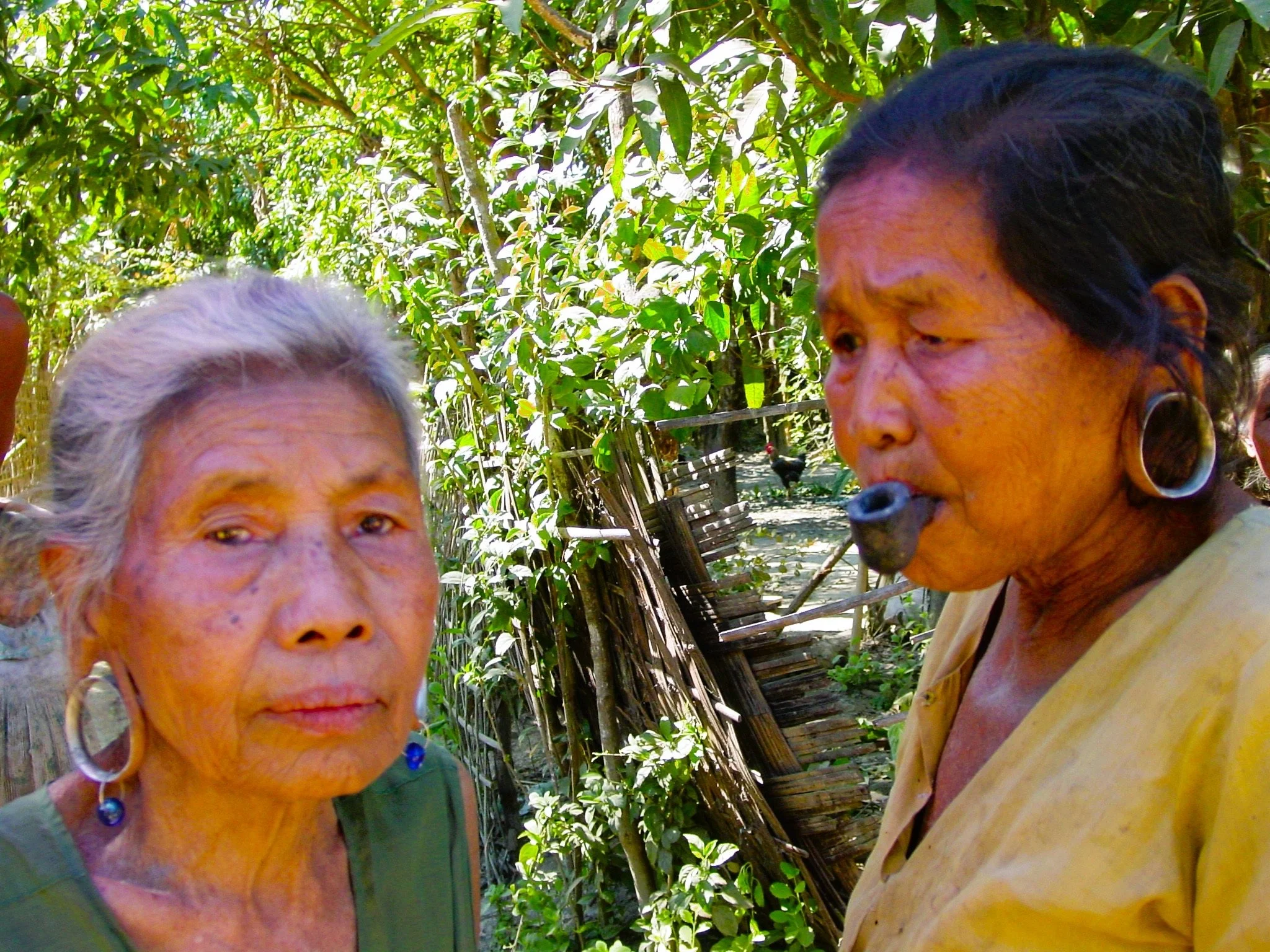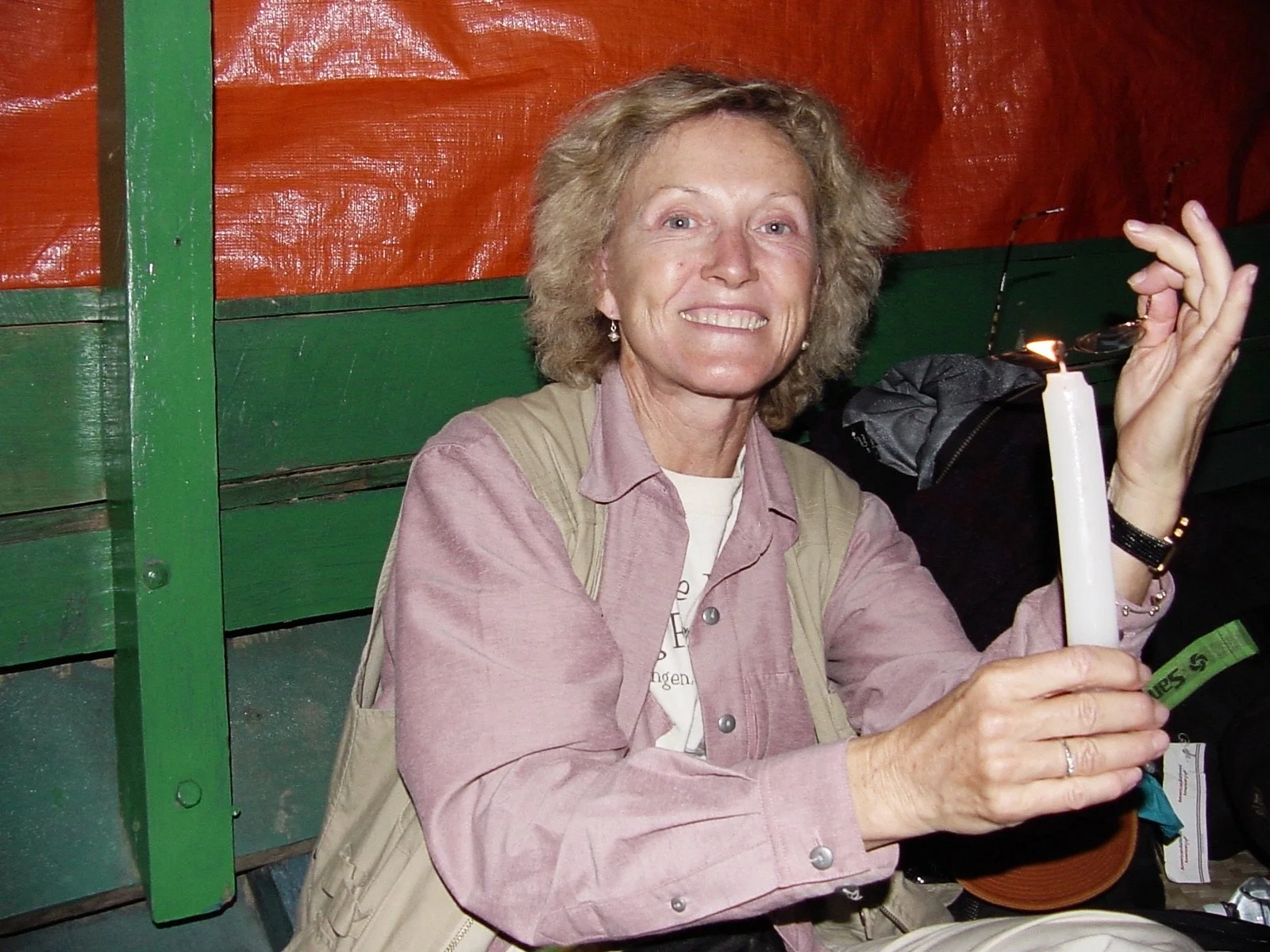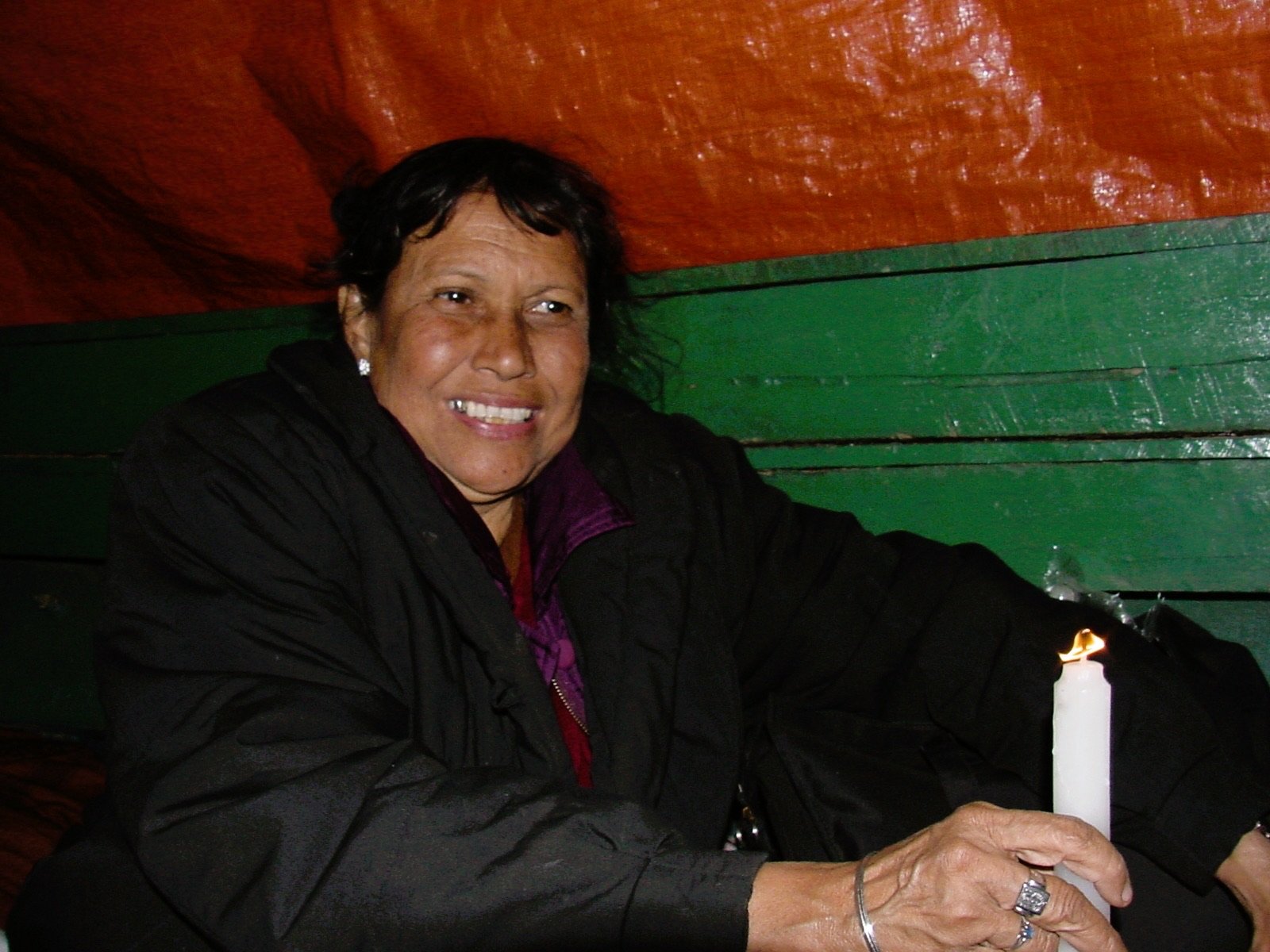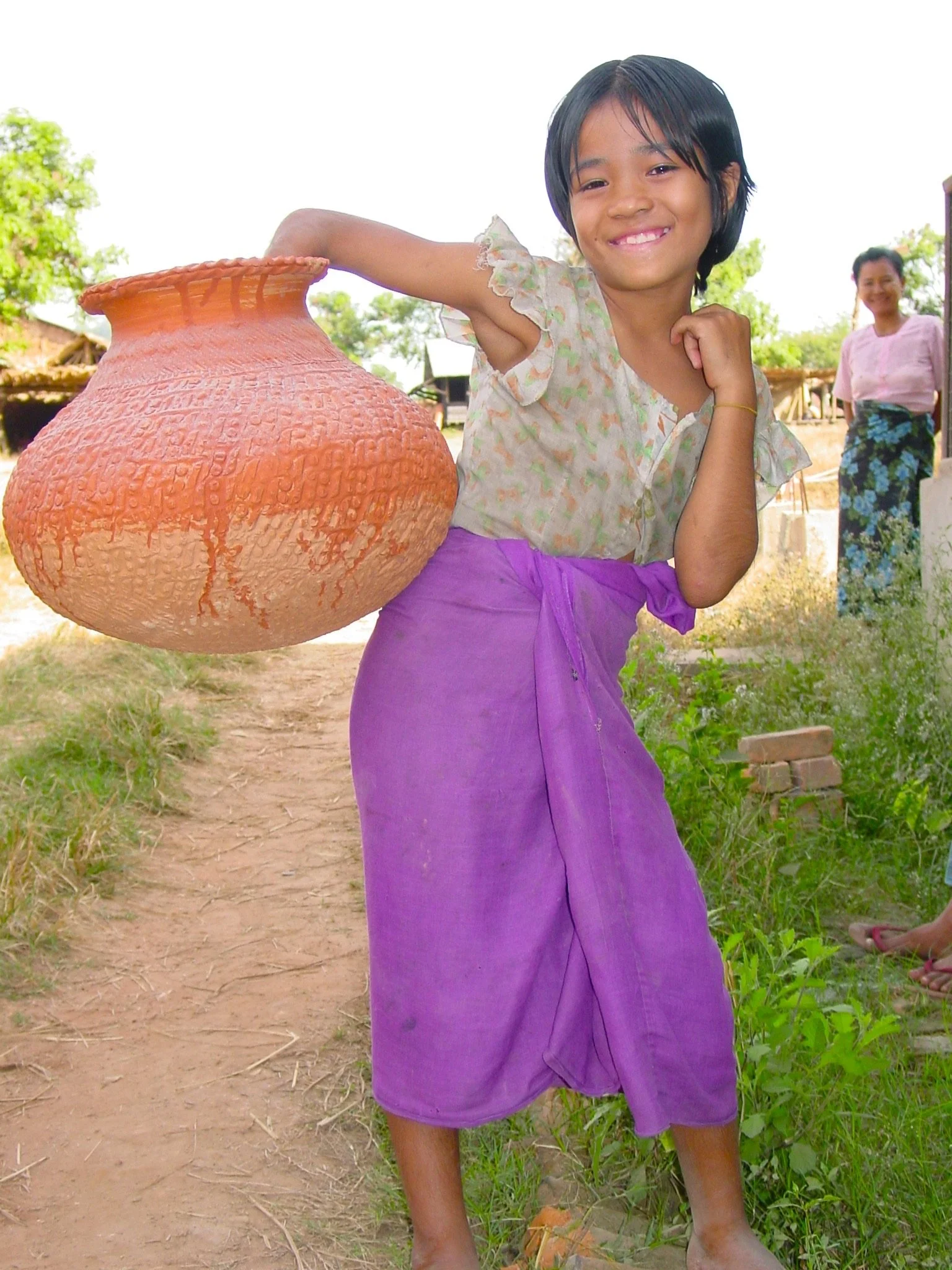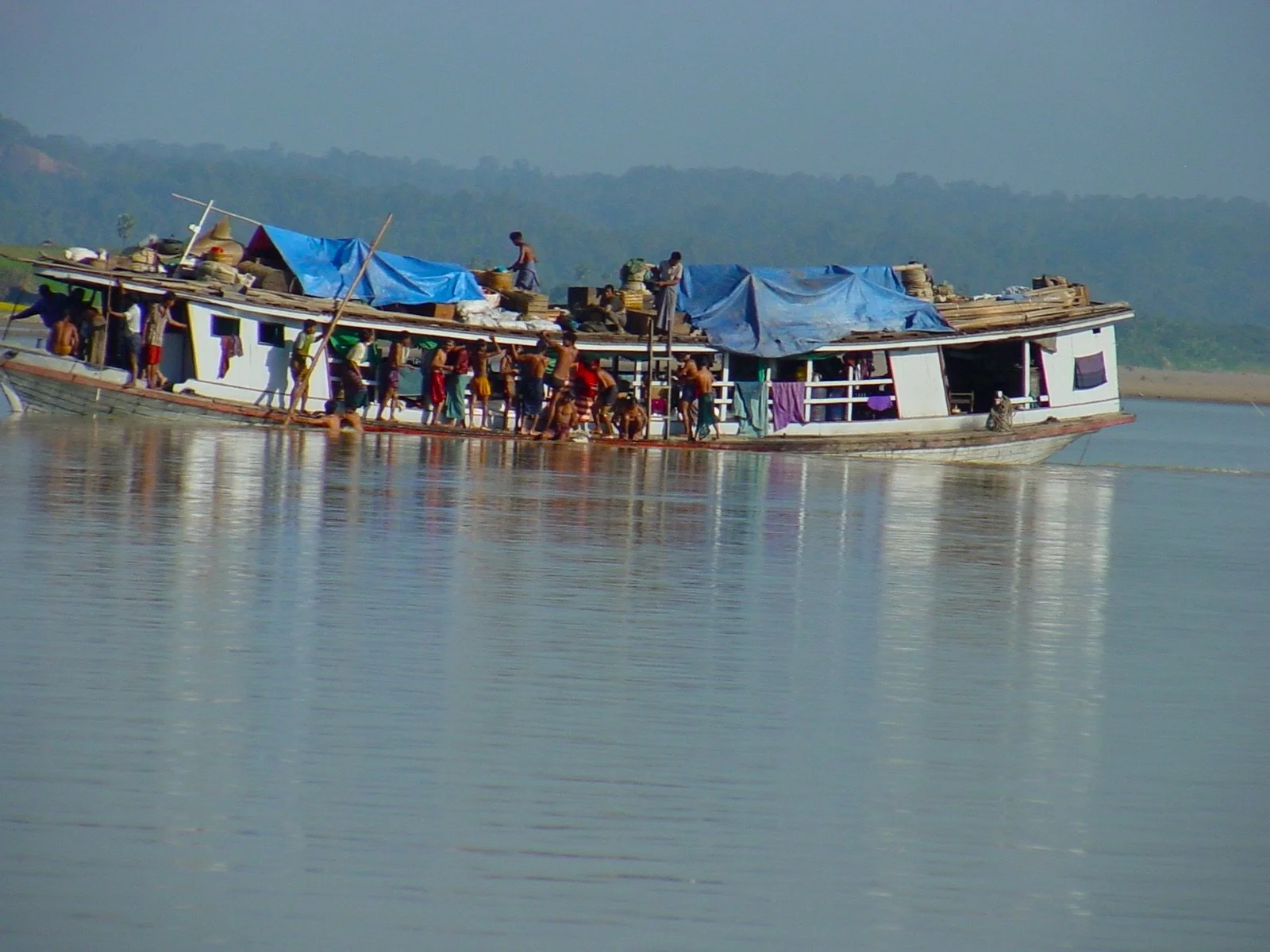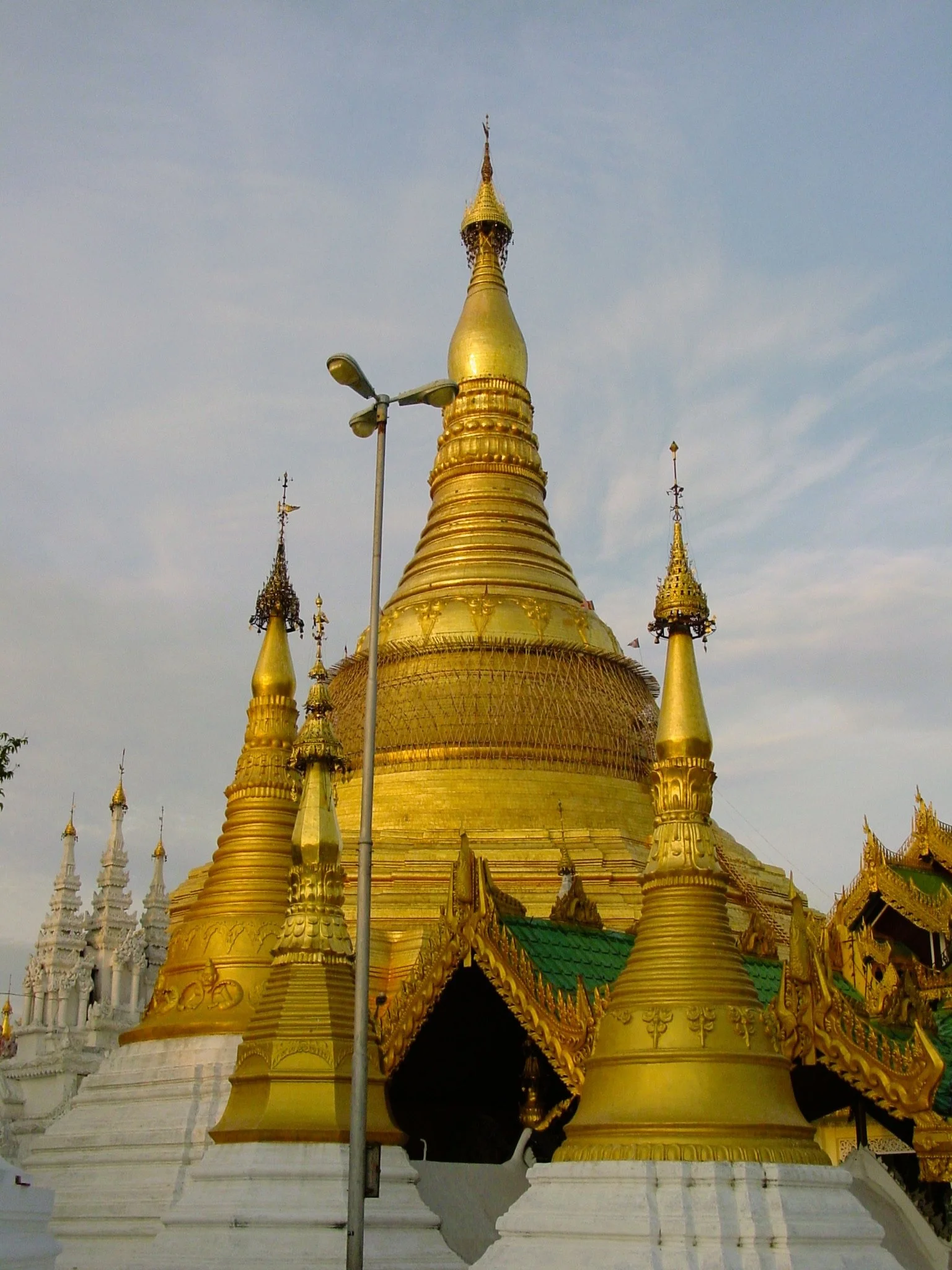Celebrating Women’s History Month & The Women Who Inspire Us!
Written by Brenda Shaddox & Elisabeth Lopez
This month is all about women’s history and here at Corner Cartel, we’re proud to say we’ve been a woman-owned business for over 30-years! We’re incredibly honored to have partnered with so many women vendors throughout our history. The amazing wares of these ladies line the walls and fill the shelves with all the beautiful things you’ll find at the Cartel.
Considering this month celebrates women’s history, we thought it only fitting to feature one of our business partners, Brenda Shaddox, who owns a retail space at Corner Cartel called Amanda’s (named after her granddaughter, of course!). Brenda’s shop currently features a broad collection of antiques, Bavarian and Waterford crystal, home decor, books, seasonal, and vintage items. We’re excited to bring you Brenda’s story and know you’ll be just as inspired as we are by her many adventures!
Brenda Shaddox calls herself a Texas transplant, but considering she came to San Antonio back in the 1960s it’s really more appropriate to think of her as a Texan with 50+ year roots. Originally from West Virginia she spent much of her childhood in Florida, but then while on vacation, she discovered San Antonio and promptly fell in love with the city. She and her husband, Charles, remained to raise their family. When he passed away in 2005, she struggled to stay, eventually relocating and making her home here in Boerne.
Brenda has had many titles in her life: wife, mother, grandmother, business owner, writer, photographer, adventurer and explorer. She’s seen parts of the world most of us only read about or catch glimpses of in documentaries!
Her work in Myanmar as a photographer eventually caught the attention of The Explorers Club, an American-based professional society whose goal is to promote scientific exploration and field study. It counts among its illustrious members: Sir Edmund Hillary, first to reach the summit of Mt. Everest; aviator, Charles Lindbergh; famed pilot, Amelia Earhart; astronauts, Buzz Aldrin and Neil Armstrong; primatologist, Dame Jane Goodall and president, Theodore Roosevelt to name a few.
Initially a “men’s only” club, women were admitted beginning in 1981. As you can imagine, it is by design that not just anyone receives admittance to such a prestigious organization and part of the process includes nomination by at least two current members of The Explorers Club. As it turns out, Brenda had written a Myanmar travel article featuring the photo of a beautiful Lahu girl for the San Antonio Express News. This article caught the attention of an Explorer in West, Texas who was so impressed he contacted her—and requested she apply for membership to The Explorers Club. Together, he and the Club’s president sponsored Brenda’s application and she was initiated in 2004.
Myanmar and its people hold a special place in Brenda’s heart. Long before The Explorers Club came calling, she was making regular trips. Her first was as a member of a scientific team focused on the study of the Irrawaddy dolphin, a fascinating aquatic mammal that lives in the Ayeyarwady River. During her study she befriended several local people and in her words, “became entranced with the various tribes and their customs.” This prompted her to do a limited photography series of the landscape and its inhabitants.
The study ended, but Brenda’s love affair with the people of Myanmar was just beginning. She began making regular trips—some as short as two weeks and others as long as three months—becoming involved in humanitarian projects. She bought blankets for those living in the Wa village when it burned to the ground; raised money to build a church in the village whose community was half Christian and half Buddhist; and helped build a school in the mountains for the Naga children.
Together with her Myanmar colleagues, she participated in the organization of The Myanmar Bird & Nature Society; the first environmental club in the region, which now boasts several hundred members. With rare exception, Brenda traveled alone as she documented the Myanmar people with her camera. The travel conditions were often harsh and the country was under military rule during most of her visits. However, despite the difficulties, she was never denied permission to visit any “black areas” (where foreigners are not allowed), and was always treated with kindness by the leaders with whom she worked.
Unfortunately, a couple years ago the political conditions in Myanmar shifted once again and Brenda has been unable to resume her visits or stay in contact with the friends she has made. For now, she can only pray her friends are safe and wait for a day when she can return once again to the country whose people she loves so much.
One of Brenda’s expeditions to Myanmar found her on a mission to locate an American WWII plane that had been shot down and never recovered. The story reads as though it was taken straight from the pages of a novel:
“During one of my trips to an outlying village, I heard rumors about an American plane that had been shot down during WWII. I applied to The Explorers Club to do a flag expedition to the area the plane was rumored to still be, and my application was granted. I invited two women friends who I knew were widely-traveled; one having taught in a China village school for a time and who was a member of The Explorers Club. I also invited one male member, because he was ex-US Air Force and I thought he might be helpful in identifying plane parts if we found the debris field.
Because of contacts I had made over the years, some of the native men went into the mountains to see if they could find the site of the crash, which had initially been discovered by a Naga hunter about 20-years after it was shot down. He had carried off certain useful parts of the plane, but one of the strong monsoon storms caused a mud avalanche and the plane parts were scattered down the mountain, mostly covered by mud and new-growth trees that emerged in the jungle after the storm. The Naga hunter who initially discovered the plane had since died, but I was able to interview his nephew, who knew the story.
We went up the Chindwin river for a number of miles, then entered the Nimtuc Stream that led into the jungle. We set up our base camp on a graveled bar where we spent one night, then set out in search of the plane. We had porters to carry our gear, including eight women, but even with their heavy loads they had a much easier time climbing the mountain than I and my team.
Once on-site, the villagers set up our equipment and later that evening two of the porters came, lugging a small generator suspended from a pole up the mountain. They rigged it to a single light bulb hung in the camp, and we had electric light in the middle of the jungle, on top of a mountain!
The next day, we began our search for the plane. I soon heard "Aunty, Aunty," (a term of respect used by Myanmar people to an older woman). There was excitement in the voice and I was sure they had found some plane part. They had indeed not only found a part, but the engine from the plane, which had obviously been too heavy for the original Naga hunter to carry out of the mountain.
We dug and prodded and continued to find various parts, some of which we could identify and some we could not. I discouraged anyone from taking any of the parts; although I found out later that my team took "souvenirs" from our excursion. I reminded everyone this was where at least one person died, perhaps more; for sometimes the cargo planes flying over "The Hump" (as the high mountains between Myanmar and India are called), had more than just the pilot on board.
The nephew I interviewed, however, said his uncle found only one jaw bone with teeth in it and one shoe. I asked what happened to the jawbone, but he responded that his uncle was very superstitious and avoided it. The hunter found the plane 20-years after it was seen crashing into the jungle and at that time in particular, there were tigers and bears in the mountains. The body could easily have been destroyed by predation. My hope had been to find out the pilot or crew of the plane, then try to find family members whom I would personally visit to explain where I found the downed plane of their loved one. Perhaps the jawbone and teeth could have provided DNA had we been able to find it.
We stayed at the site until some of the support team had to be back in their village, then we loaded up and headed back to our base camp on the river. We spent one night there before returning to Hkamti where we would catch a flight back to Yangon. While in the camp, one of the villagers came near and began to rather gently push close to me. It is unusual for a Myanmar man to touch a woman, especially a foreigner. I was a little puzzled by the behavior until I felt his hand move into mine, place something, and quickly walk off. It was an aluminum plaque that he had pried from the engine of the plane. The plaque had a motor number and showed it was made by Westinghouse Electric Company.
Up until that point, we had no absolute proof that it was an American aircraft that had gone down. However, the plaque was important proof we had indeed found a US plane. I hoped it would lead to the identification of the pilot, but my attempts using only the plaque always led to dead ends. One helpful man in Washington told me they were slowly inputting information, as they could, into computers but there were boxes and boxes of information with no way to know when it might be completed. Who knows? After all this time it may yet be possible to learn who was on that plane.”
Brenda’s adventures have taken her near and far; from climbing mountains in Colorado to photographing ethnic tribes in Southeast Asia. Her photography has been featured in three major museum exhibitions; one held at the Texas State Museum of Asian Cultures and another at the International Center at Georgetown University in Washington. Brenda also had the honor of being one of three photographers whose work was featured at the University of Texas at San Antonio Art Gallery. Her life is an inspiration for all she has accomplished, but even more so because of the people whose lives she has been able to touch. Brenda’s stories are a reminder and an encouragement to be brave and embrace a life of joy and adventure.
A special thanks to Brenda for sharing her stories with us. While we were able to share only a fraction of her amazing experiences, she has so much more to tell. Secretly, we’re hoping a tell-all book is in her future!
For more than thirty years now, Corner Cartel has housed seven-thousand square feet of vintage finds, antiques, clothing, jewelry, handmade bath and body products, home decor, candles, souvenirs, and more…right in the beautiful heart of Boerne. Whether you're looking for one of a kind vintage treasures, classic antiques, or on-trend home decor, you're sure to find something to love inside our doors.



